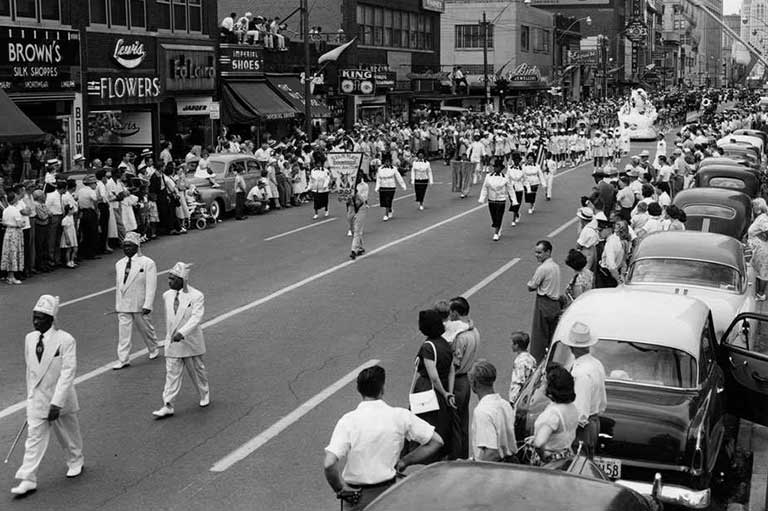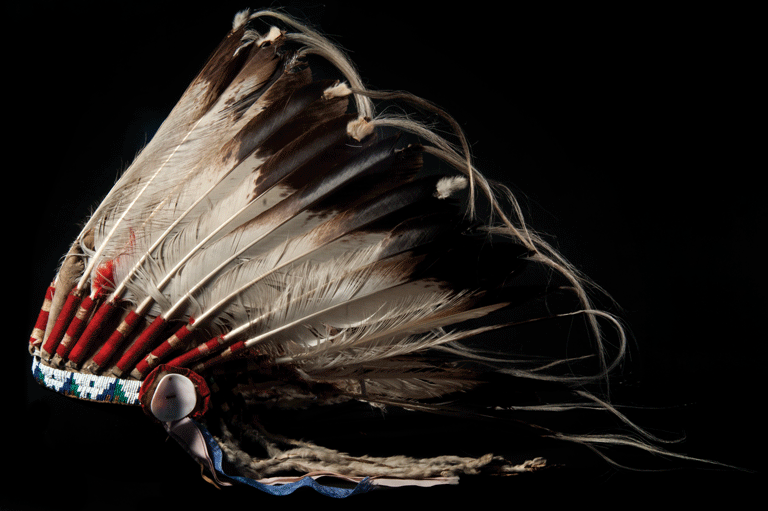Considering the Role of Media on Public Awareness of Residential Schools
OVERVIEW
This lesson encourages students to reflect on the role of the media and the impact of the “news cycle” on public awareness of current affairs. By examining the coverage of the announcement of unmarked graves at former Residential School sites in Canada, students will begin to understand some of the factors that influence what the public knows and how media coverage affects our reactions to news stories.
ACTIVITIES
Step 1.
Listen to the song “Helicopters” by the Barenaked Ladies.
Ask your students:
- What event is being described in the song?
- What is the main message of the song?
- What does the song suggest about society’s reaction to news coverage of tragic events?
Introduce the journalistic idiom: “this story has legs,” meaning it will be in the news for a long time.
Discuss the different approaches and purposes of various media platforms (social media, television news, daily print news, long-form journalism, etc.). Brainstorm a list of media providers (APTN, CBC, the Globe and Mail, community newspapers, etc.) and talk about how each of these might approach news, in general, and the topic of Residential Schools, in particular, differently.
Ask the students what factors they think determine if a story “has legs.” Record their ideas.
Step 2.
Ask students if they remember what news story exploded in Canadian media on May 27, 2021. What do you remember of the news at that time? What have you heard about it lately? Based on the list generated in Step 1, should this story have “had legs”?
Break the students into small groups to examine media coverage of the story since it first broke. Either have students do their own search on the internet, have a list of sites preselected for them to visit, or provide printed copies of sample coverage over the year. (Note: If the students are doing their own searches, they will come across some articles that deny the veracity of the story and teachers will have to be prepared to incorporate this into their discussions.)
Have each group make a poster or complete a graphic organizer (see Handout: Media Coverage Review) to be shared with the rest of the class.
Step 3.
After the groups share, talk about commonalities and differences between the various news stories. Finding stories from a variety of sources that represent Indigenous voices, left- and right-leaning media, church publications, etc. would add another level of analysis to this process.
Step 4.
Refer back to the song, “Helicopters.” Have the media treated the news story from Tk'emlúps te Secwe̓pemc the same way as the one in the song? Arrange the summaries of the news stories about the burial sites in chronological order and examine how the coverage of the story has changed over time. After asking students to reflect on their own experience of hearing about the unmarked graves and the patterns detected by reviewing the summaries, ask them to consider how media coverage affects our emotional reaction to, and engagement with, news events.
Step 5.
It is easy to let our media feeds decide what and how much information we receive about events in our world, but we are not without power and agency in this. Have students brainstorm things that they can do to follow news stories they care about after they disappear from the front page. Post the list and refer to it periodically over the course of the year to keep the conversation going.
Themes associated with this article
Advertisement




